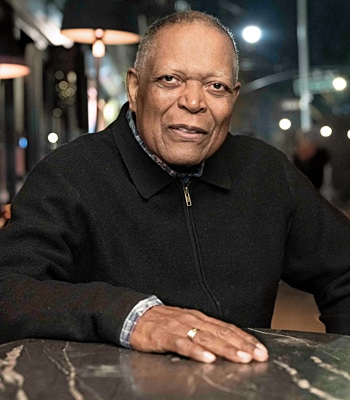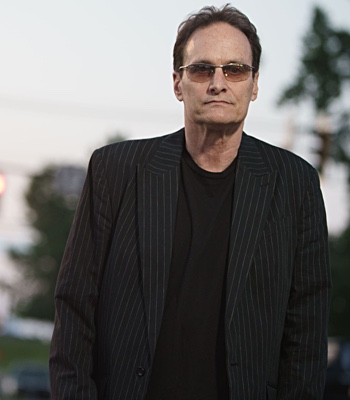A Chinese supercomputer has ranked as the worlds second fastest machine, surpassing European and Japanese systems and underscoring China's aggressive commitment to science and technology.
The Dawning Nebulae, based at the National Supercomputing Center in Shenzhen, China, has achieved a sustained computing speed of 1.27 petaflops the equivalent of one thousand trillion mathematical operations per second in the twice annual ranking of the worlds fastest 500 hundred computer.
The newest Top 500 ranking is scheduled to be made public on Monday at the International Supercomputer Conference in Hamburg, Germany.
The Chinese machine is actually now ranked as the worlds fastest in terms of theoretical peak performance, but that is considered a less significant measure than the actual computing speed achieved on a standardized computing test.
The worlds fastest computer remains the Cray Jaguar supercomputer, based at the Oak Ridge National Laboratory in Tennessee, used mostly for nuclear weapons simulation. Last November it was measured at 1.75 petaflops.
In the previous years ranking, the Chinese had the fifth fastest computer, a system that was based at a National Supercomputing Center in Tianjin, China. That machine has now dropped to seventh in the rankings.
The U.S. continues to be both the dominant manufacturer as well as the nation with the most supercomputers on the Top 500 ranking. This year, the U.S. had 282 of the worlds fastest 500 computers, an increase from 277 last November. However, the Chinese appear to be intent on challenging U.S. dominance. There had been some expectation that they would make an effort to complete a system based on Chinese designed components in time for the June ranking. The Nebulae is based on chips from Intel and Nvidia.
The new system, which is based on a microprocessor that has been designed and manufactured in China, is now expected later this year. A number of supercomputing industry scientists and engineers said that it is possible that the new machine will claim the title of worlds fastest.
The one development that is really clear is that the Chinese are pushing at the high end, said Horst Simon, associate laboratory director for computing science at Lawrence Berkeley laboratory.
I wouldn't be surprised if by the end of this year they surpass the scientific computing power of the EU countries combined and have a computer system with an achieved performance to reach the number one position on the Top 500, said Jack Dongarra, a computer scientist at the University of Tennessee and one of the researchers who has organized the Top 500 ranking.
The U.S. designed the first machines that were defined as supercomputers during the 1960s and has rarely been dislodged from his controlling position as technology leader. In 2002, however, the Japanese Governments Earth Simulator set off shockwaves in Washington D.C. when that system briefly claimed the number one position on the Top 500 list.
The U.S. began investing heavily in the computing systems which are used for scientific and engineering problems ranging from climate simulation to automotive design. The U.S. broke the petaflop barrier in 2008 and is now preparing to launch another sustained push to build systems capable of computing at what is known as exascale performance one thousand times faster than today's fastest systems. The goal is to reach that technology generation sometime between 2018 and 2020.
The Dawning Nebulae, based at the National Supercomputing Center in Shenzhen, China, has achieved a sustained computing speed of 1.27 petaflops the equivalent of one thousand trillion mathematical operations per second in the twice annual ranking of the worlds fastest 500 hundred computer.
The newest Top 500 ranking is scheduled to be made public on Monday at the International Supercomputer Conference in Hamburg, Germany.
The Chinese machine is actually now ranked as the worlds fastest in terms of theoretical peak performance, but that is considered a less significant measure than the actual computing speed achieved on a standardized computing test.
The worlds fastest computer remains the Cray Jaguar supercomputer, based at the Oak Ridge National Laboratory in Tennessee, used mostly for nuclear weapons simulation. Last November it was measured at 1.75 petaflops.
In the previous years ranking, the Chinese had the fifth fastest computer, a system that was based at a National Supercomputing Center in Tianjin, China. That machine has now dropped to seventh in the rankings.
The U.S. continues to be both the dominant manufacturer as well as the nation with the most supercomputers on the Top 500 ranking. This year, the U.S. had 282 of the worlds fastest 500 computers, an increase from 277 last November. However, the Chinese appear to be intent on challenging U.S. dominance. There had been some expectation that they would make an effort to complete a system based on Chinese designed components in time for the June ranking. The Nebulae is based on chips from Intel and Nvidia.
The new system, which is based on a microprocessor that has been designed and manufactured in China, is now expected later this year. A number of supercomputing industry scientists and engineers said that it is possible that the new machine will claim the title of worlds fastest.
The one development that is really clear is that the Chinese are pushing at the high end, said Horst Simon, associate laboratory director for computing science at Lawrence Berkeley laboratory.
I wouldn't be surprised if by the end of this year they surpass the scientific computing power of the EU countries combined and have a computer system with an achieved performance to reach the number one position on the Top 500, said Jack Dongarra, a computer scientist at the University of Tennessee and one of the researchers who has organized the Top 500 ranking.
The U.S. designed the first machines that were defined as supercomputers during the 1960s and has rarely been dislodged from his controlling position as technology leader. In 2002, however, the Japanese Governments Earth Simulator set off shockwaves in Washington D.C. when that system briefly claimed the number one position on the Top 500 list.
The U.S. began investing heavily in the computing systems which are used for scientific and engineering problems ranging from climate simulation to automotive design. The U.S. broke the petaflop barrier in 2008 and is now preparing to launch another sustained push to build systems capable of computing at what is known as exascale performance one thousand times faster than today's fastest systems. The goal is to reach that technology generation sometime between 2018 and 2020.



































